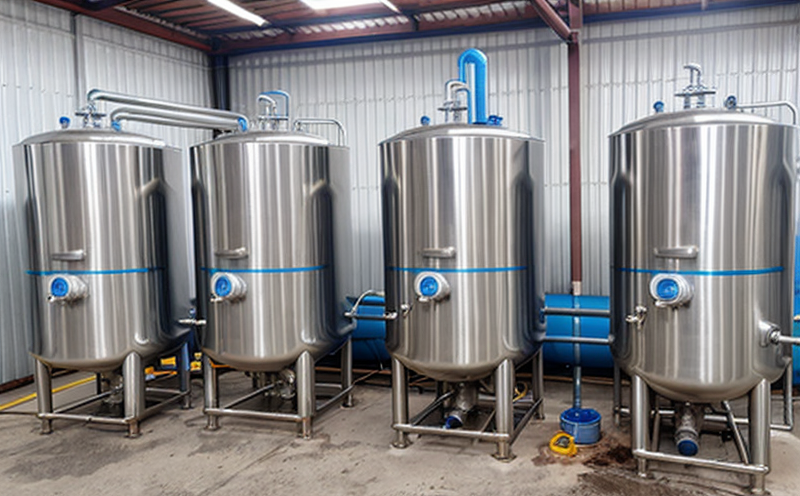APHA 5210B Biological Oxygen Demand Test in Cooling Water
The APHA 5210B test, also known as the BOD (Biological Oxygen Demand) test, is a critical measurement used to assess the biochemical oxygen demand of water. This test evaluates the amount of oxygen consumed by microorganisms breaking down organic matter present in cooling water systems. Understanding and monitoring this parameter is essential for maintaining efficient and environmentally responsible cooling water systems.
The test is particularly important in industrial settings where cooling towers are used to dissipate heat from processes, as it helps prevent scaling, corrosion, and microbial growth that can impede system performance. By regularly measuring the BOD of cooling water, facility managers and engineers can ensure optimal system efficiency while also adhering to environmental regulations.
The APHA 5210B test follows a standardized procedure outlined in the American Public Health Association’s (APHA) manual for water and wastewater analysis. The process involves inoculating a sample of cooling water with a specific type of microbial culture, incubating it at a controlled temperature, and then measuring the dissolved oxygen concentration before and after the incubation period.
This test is especially useful in identifying potential issues early on. For instance, high BOD levels can signal an excess presence of organic compounds that could lead to biofilm formation or fouling of heat exchangers. By addressing these issues promptly, facilities can avoid costly downtime and maintenance expenses.
Furthermore, the APHA 5210B test is a key component in compliance with various environmental regulations such as those set forth by the U.S. Environmental Protection Agency (EPA). Regular testing ensures that cooling water systems are not only efficient but also sustainable and environmentally friendly.
| Standard | Description |
|---|---|
| APHA 5210B | Biochemical oxygen demand determination by dilution method. |
| ISO 6489:2017 | Determination of biochemical oxygen demand in water and waste water. |
Applied Standards
The APHA 5210B test adheres to the stringent standards set by both the American Public Health Association and international bodies like ISO. These standards ensure that the test is reliable, repeatable, and provides consistent results across different laboratories.
| Standard | Description |
|---|---|
| APHA 5210B | Biochemical oxygen demand determination by dilution method. |
| ISO 6489:2017 | Determination of biochemical oxygen demand in water and waste water. |
Why Choose This Test
- Precise measurement of organic compounds present in cooling water systems.
- Helps prevent biofilm formation and fouling of heat exchangers.
- Ensures compliance with environmental regulations such as those set by the EPA.
- Identifies potential issues early, reducing maintenance costs and downtime.
Competitive Advantage and Market Impact
- Promotes sustainable practices by ensuring efficient use of resources in cooling water systems.
- Aids in regulatory compliance, reducing the risk of legal penalties.
- Enhances reputation as a responsible and environmentally conscious facility manager or engineer.
- Contributes to the overall reduction of energy consumption through optimized cooling system performance.





